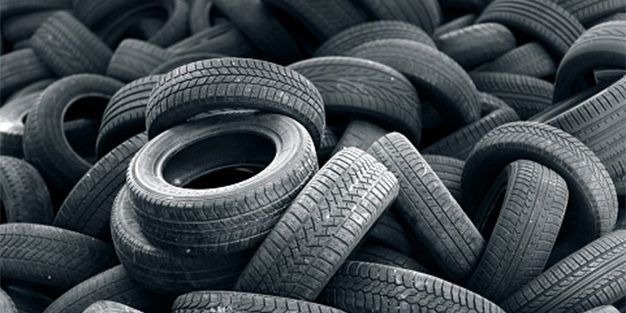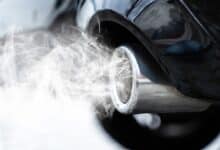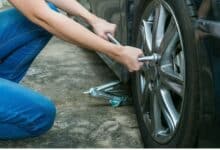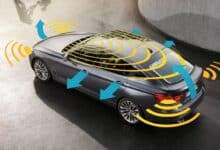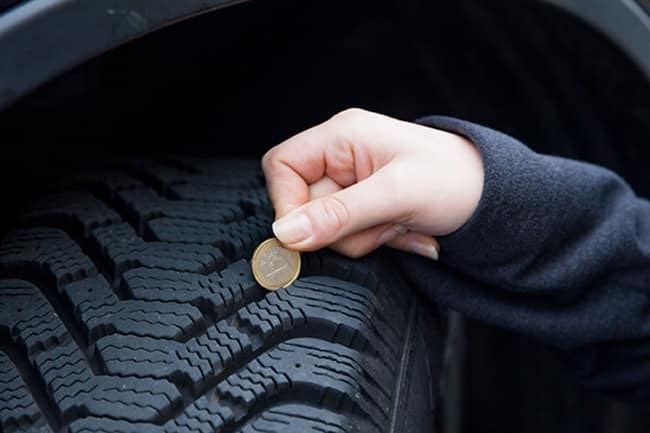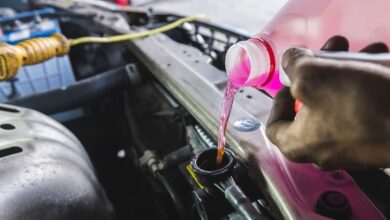When should you replace your tires?

The longevity and performance of your vehicle’s tires play a pivotal role in ensuring a safe and smooth driving experience. Recognizing the signs that indicate it’s time for tire replacement is crucial for both your safety and the efficiency of your car. From tread depth considerations to understanding the impact of weather conditions, this guide will delve into the key factors that help determine when it’s appropriate to replace your tires. Stay informed and proactive in maintaining your tires to enhance road safety and the overall well-being of your vehicle.

Contents
Understanding Tire Tread Depth
Tire tread depth plays a pivotal role in maintaining traction and preventing accidents. As tires wear down over time, their ability to grip the road surface diminishes, especially in wet or snowy conditions. Here’s what you need to know about tire tread depth:
Tread Wear Indicators
Most modern tires come equipped with tread wear indicators, which are small rubber bars that run perpendicular to the tread grooves. These indicators are typically located at various points around the tire and serve as a visual cue to determine if the tread is worn beyond its safe limit. If these bars are flush with the tire’s tread surface or no longer visible, it indicates that the tire needs replacing.
The Penny Test
Another easy way to measure tire tread depth is by using a penny. Insert the penny into the tread groove with Lincoln’s head facing downward. If you can see the top of Lincoln’s head, it’s time to replace your tires. However, keep in mind that this method only provides a rough estimate, and it is always recommended to consult a professional for accurate measurements.
Signs of Uneven Tire Wear
Uneven tire wear can indicate various underlying issues, including misalignment, improper tire inflation, suspension problems, or even worn-out suspension components. Recognizing these signs can help you identify when it’s time to replace your tires:
Feathering
Feathering occurs when the tread blocks on one side of the tire become rounded while the other side remains sharper. Feathering is often caused by misalignment or tire imbalance, and if left unattended, it can result in premature tire wear and decreased handling performance.
Cupping or Scalloping
Cupping or scalloping refers to the formation of irregular dips or scallops along the tire’s tread surface. This type of wear pattern is usually caused by suspension issues or worn-out shock absorbers. Cupping not only affects ride comfort but also compromises the tire’s structural integrity.
Inner or Outer Edge Wear
Excessive wear on the inner or outer edges of your tires can be a sign of underinflation, misalignment, or worn-out suspension components. If you notice significant wear on these areas, it’s crucial to address the underlying issues and consider replacing your tires as well.
See more: How to maintain the brake system
Age-Related Considerations
Even if your tires have sufficient tread depth and show no signs of uneven wear, age can still affect their performance and safety. Here are some age-related factors to consider:
Tire Manufacturer Recommendations
Tire manufacturers typically recommend replacing tires every six to ten years, regardless of their appearance or mileage. This recommendation is due to the aging process of rubber compounds, which can lead to decreased grip and increased risk of tire failure.
Tire Storage Conditions
Proper tire storage is essential for preserving their quality and longevity. Exposure to extreme temperatures, sunlight, and chemicals can accelerate the aging process. If your tires have been stored improperly for an extended period, it’s advisable to have them inspected by a professional before using them again.
DOT Date Code
The Department of Transportation (DOT) requires all tires to have a serial number that includes a four-digit date code representing the week and year of manufacture. While there is no specific expiration date for tires, experts suggest replacing them if they are more than six years old, even if they appear to be in good condition.
Driving Conditions and Mileage
Driving conditions and mileage play a crucial role in determining when to replace your tires. Here’s what you need to consider:
Climate
If you live in an area with extreme weather conditions or experience heavy rainfall or snowfall, it’s essential to have adequate tire tread depth for optimal traction and safety. In such conditions, it may be necessary to replace tires with less tread wear than what is typically recommended.
Mileage
While mileage alone is not the sole determinant for tire replacement, it is a significant factor to consider. Most tires are designed to last between 40,000 and 60,000 miles under normal driving conditions. However, factors such as aggressive driving habits or frequent exposure to rough roads may shorten their lifespan.
Regular Tire Inspections and Maintenance
Regular tire inspections and maintenance are crucial for extending their lifespan and ensuring optimal performance. Here are some best practices:
Visual Inspections
Regularly inspect your tires for signs of damage, such as cuts, bulges, or punctures. Addressing these issues promptly can prevent further damage and potential blowouts.
Tire Rotation
Rotating your tires at regular intervals promotes even tread wear and maximizes their lifespan. Consult your vehicle’s owner manual or a tire professional for the recommended rotation pattern and frequency.
Proper Inflation
Maintaining proper tire inflation is vital for safety and performance. Underinflated or overinflated tires can lead to accelerated wear, reduced fuel efficiency, and compromised handling. Check your tire pressure regularly and adjust it according to the manufacturer’s recommendations.
Wheel Alignment and Balancing
Misalignment and unbalanced wheels can cause uneven tire wear. Regular wheel alignment and balancing help distribute weight evenly across all four tires, promoting longer-lasting and safer driving conditions.
When Should You Replace Your Tires?
Knowing when to replace your tires is crucial for maintaining safety on the road. By understanding factors such as tread depth, signs of uneven wear, age-related considerations, driving conditions, mileage, and regular maintenance practices, you can make informed decisions about tire replacement. Remember that when in doubt, it’s always best to consult a professional who can assess your tires accurately and ensure your safety on the road.
See more news at: car care vip

